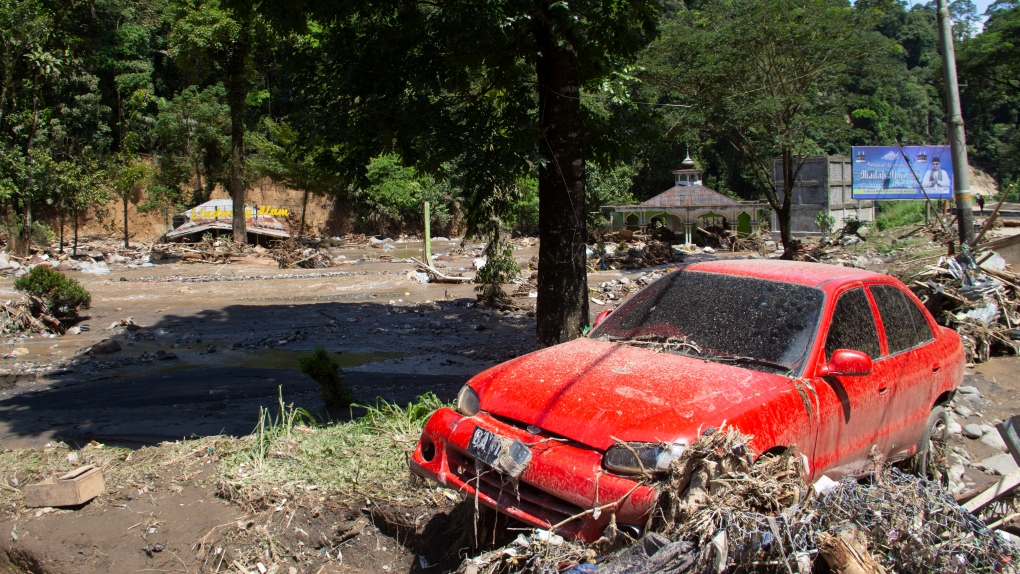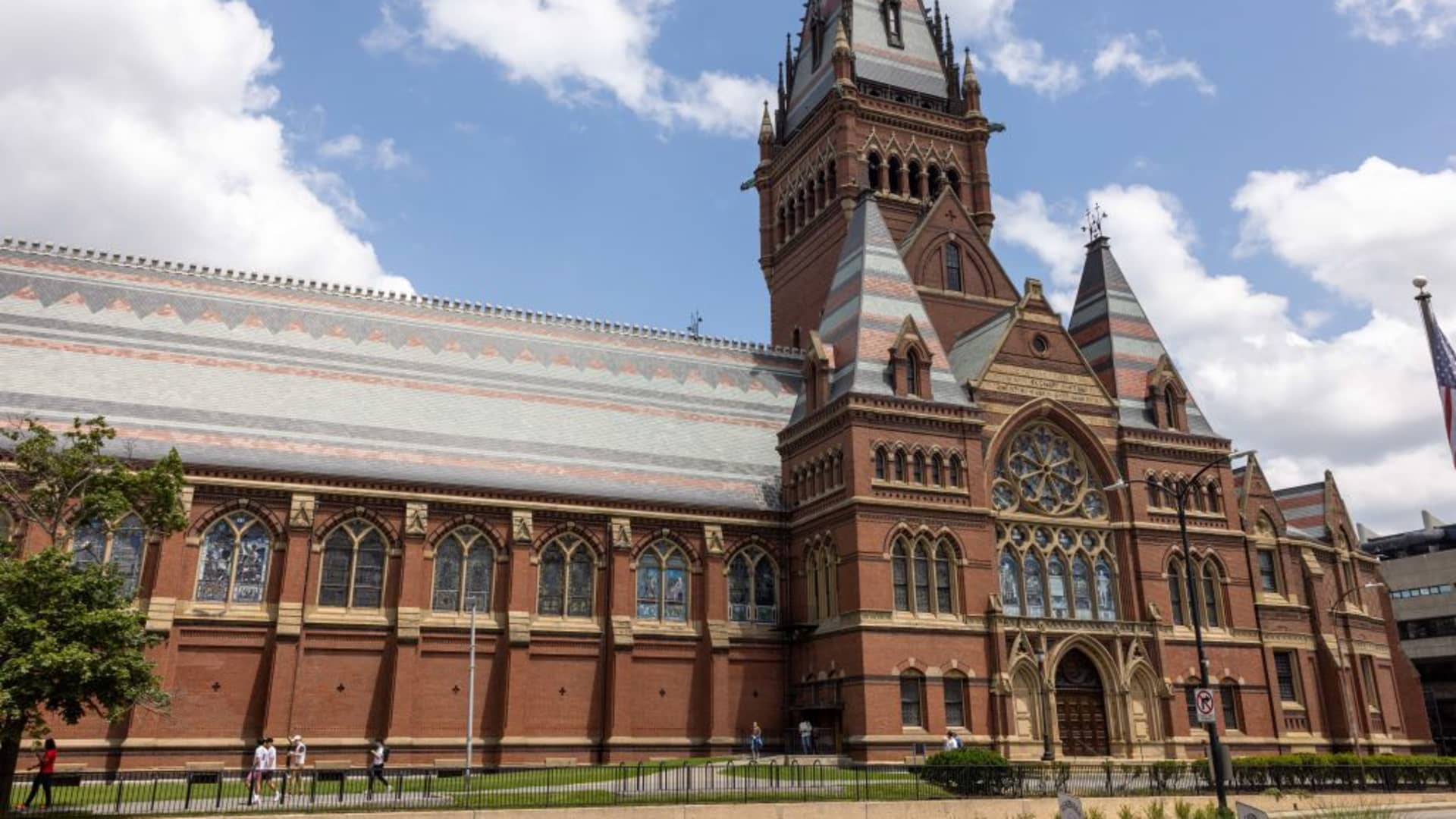After 1,200 name submissions and nearly 4,500 votes from the public, LA Metro’s poorly-named “West Santa Ana Branch” light-rail project, which will take riders from Artesia to Los Angeles — not to Santa Ana or Orange County — got a new name on Monday, Jan. 22.
The Southeast Gateway Line was born amid shouts of joy, jazz music and a half-dozen speeches from dignitaries during a rebranding ceremony in Bellflower. The conclusion of a nearly six-month renaming effort may have reversed years of criticism aimed at LA Metro for the confusing name that officials say caused the light-rail line to lose billions in federal and state grant dollars.
“This is not the grand opening. And it’s not the ribbon-cutting. But it is important,” said Whittier Mayor Pro-Tem and LA Metro Second Vice Chair Fernando Dutra. He explained that 10 years ago Metro named the project “West Santa Ana Branch” after an existing Pacific Electric Red Car right-of-way that once took passengers from L.A. all the way to Santa Ana in Orange County. That line has not run since 1961.
“We can all agree it was time to jettison this legacy name,” Dutra said. “I love this new name. I think it is appropriate and something that is going to stick and one we can go forward with.”
The public contest was launched in August. A panel of judges whittled the choices down to about 12 names. The Southeast Gateway Line received the most votes and was declared the winner on Monday.
The renaming effort was led by Fourth District L.A. County Supervisor and Metro Board First Vice Chair Janice Hahn, whose district includes much of the right-of-way corridor. Hahn had criticized Metro when the project got zero funding from a recent state transit funding cycle. It also confused L.A. Mayor and LA Metro Board Chair Karen Bass in August, when she thought the project being considered was going to Orange County.
“For too long, this project has had a terrible name — the West Santa Ana Branch. This name has confused people for years,” Hahn said just before the renaming reveal. “This terrible name has held this project back, prevented it from getting the attention and support from residents and from the funding it needs from Sacramento and Washington, D.C.”

The LA Metro Board approved the 19.3-mile light-rail line on Jan. 27, 2022 to take riders from Artesia to downtown Los Angeles, a first-of-its-kind transit project serving southeast L.A. County. The project is planned to run through Artesia, Cerritos, Bellflower, Paramount, Downey, South Gate, Cudahy, Bell, Huntington Park, Vernon, unincorporated Florence-Graham and eventually to Union Station in downtown Los Angeles. The route roughly flows between the 110 and 5 freeways.
Within the communities flanking the proposed light-rail train, about 44% of residents live below the poverty line and 18% of the households do not have access to a car, LA Metro reported. “It will be life-changing to the residents who live and work along this line,” Hahn said.
Metro has set aside about $4 billion for its construction from Measure M, a half-cent sales tax measure for Metro capital projects. The project is estimated to cost $9.1 billion, leaving a sizable funding gap. It is scheduled to break ground in 2025 and be completed in 2035.
The name reset will clarify to Congress and the U.S. Department of Transportation the project’s importance to an area of dense L.A. County that is transit-poor and includes low-income communities, said Rep. Robert Garcia, D-Long Beach.
“I hated the name before,” Garcia said. “When we were in D.C. talking about the line, people thought it was in Orange County. It was confusing to folks just to understand where the line would be.”
Inglewood Mayor and L.A. Metro board member James Butts pointed out that names matter. “There is power in a name,” he said. “This new name is clear, concise and eliminates that confusion.”
Sharon Gookin, deputy CEO of LA Metro, said the project is the largest light-rail line ever undertaken in the 30-year-history of the mega transit agency. The LA Metro board is scheduled to approve the Environmental Impact Report (EIR) later this year. After that, Metro staff will meet with the Biden administration to press for closing the funding gap, she said.
Gookin said the project is the agency’s top funding priority for federal dollars. “This light-rail line will revolutionize travel in the Gateway Cities region,” she said.
Garcia said projects like the newly named Southeast Gateway Line often attract federal support, most likely because they will reduce vehicle miles traveled, regional air pollution and greenhouse gases that lead to climate change, all goals of the Biden administration. Metro officials said that once built it could become the most ridden line in its entire system.
“Projects of this size and scope will not get built without significant federal funding,” Garcia said, adding that he and Metro officials have spoken to Secretary of Transportation Pete Buttigieg and other White House officials “multiple times.” The new name will offer a clearer picture of the project’s geographic place in a county of 10 million people, underscoring its importance to Washington insiders.
“There is no more important rail project than this project. This is the most important project. Period. It is a gateway to the rest of the county,” Garcia said. “We’ve got to get this project done and we’ve got to get it done as soon as possible.”







